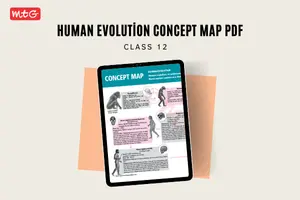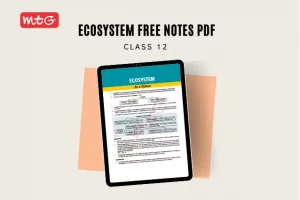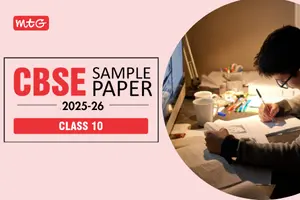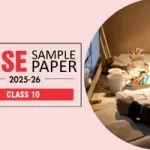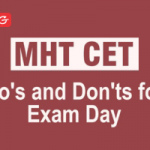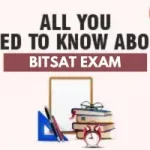
NCERT class 6 mathematics chapter 5 – “Understanding Elementary Shapes” teaches students how all the shapes around us are formed using curves or lines. The chapter teaches how we can find corners, edges, planes, open curves and closed curves in our surroundings. They are further organized into line segments, angles, triangles, polygons, and circles. Students should practice multiple-choice questions (MCQs) to prepare for the objective questions that will be asked in the CBSE exams. For the CBSE exams, practice multiple-choice questions (MCQs) to prepare for the objective questions. We have offered Class 6 MCQ Questions on “Understanding Elementary Shapes” apart from offering comprehensive explanations. On many occasions, CBSE highlighted the role of MCQs as they play a major role in understanding the concepts thoroughly.
MCQs are quite different from subjective questions. Therefore, students should practice and understand how to find right answers in the MCQs. To revise the main concepts, students should practice all the MCQs with answers given. This will assist them in familiarizing with the kinds of questions that might appear in the board exams.
Previous – Basic Geometrical Ideas Class 6 MCQS With Answers
Topics Covered in “Understanding Elementary Shapes”
- Measuring Line Segments
- Right and Straight Angles
- Acute, Obtuse, and Reflex Angles
- Measuring Angles
- Degree
- Use of Protractor
- Perpendicular Lines
- Classification of Triangles
- Quadrilaterals
- Polygons
- Three Dimensional Shapes
Check complete class 6 Maths MCQ – Class 6 Mathematics MCQs with Answers
CBSE Class 6 Mathematics Understanding Elementary Shapes MCQs – PDF Download
Answers –
Check the updated Syllabus – CBSE Class 6 Maths Syllabus 2024-25
Summary for NCERT Class 6 Mathematics Chapter 5 – “Understanding Elementary Shapes”
- The distance between the end points of a line segment is its length.
- A graduated ruler and the divider are useful to compare lengths of line segments
- When a hand of a clock moves from one position to another position we have an example for an angle.
- One full turn of the hand is 1 revolution.
- A right angle is ¼ revolution and a straight angle is ½ a revolution .
- We use a protractor to measure the size of an angle in degrees.
- The measure of a right angle is 90° and hence that of a straight angle is 180°.
- An angle is acute if its measure is smaller than that of a right angle and is obtuse if its measure is greater than that of a right angle and less than a straight angle.
- A reflex angle is larger than a straight angle.
- Two intersecting lines are perpendicular if the angle between them is 90°.
- The perpendicular bisector of a line segment is a perpendicular to the line segment that divides it into two equal parts.
- If each angle of a triangle is acute then it is called acute angled triangle.
- If one angle of a triangle is right angle then it is called right angled triangle.
- If one angle of a triangle is obtuse angle then it is called obtuse angled triangle.
- If all the three sides of a triangle are of unequal length, it is called scalene triangle.
- If any two sides of a triangle are of equal length, it is called isosceles triangle.
- If all the three sides of a triangle are of equal length, it is called equilateral triangle.
- In a polygon, if there are three sides then the polygon is called triangle.
- In a polygon, if there are four sides then the polygon is called quadrilateral.
- In a polygon, if there are five sides then the polygon is called pentagon.
- In a polygon, if there are six sides then the polygon is called hexagon.
- In a polygon, if there are eight sides then the polygon is called octagon.
- In a quadrilateral, if there are one pair of parallel sides then the quadrilateral is called trapezium.
- In a quadrilateral, if there are two pair of parallel sides then the quadrilateral is called parallelogram.
- If a parallelogram has four right angles then it is called rectangle.
- If a parallelogram has four sides of equal length then it is called rhombus.
- A rhombus with 4 right angles is called square.





